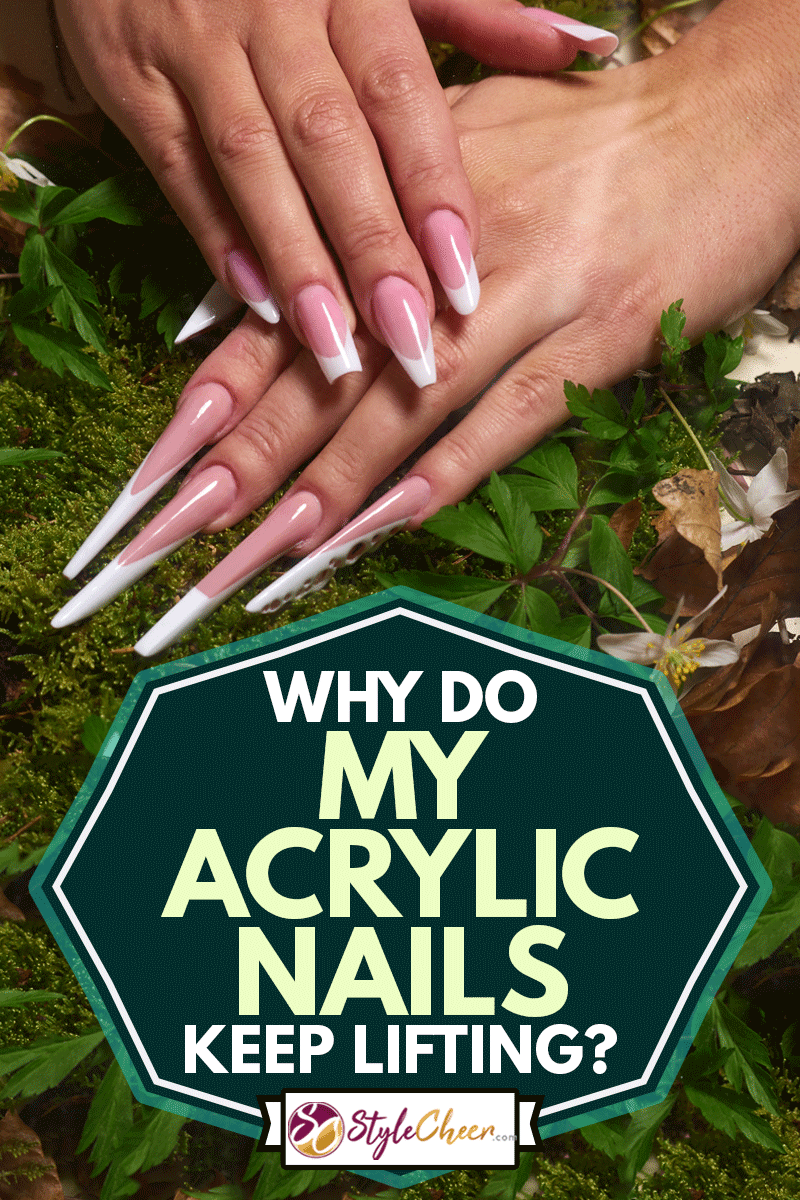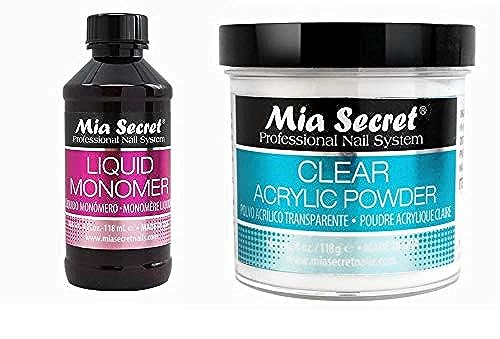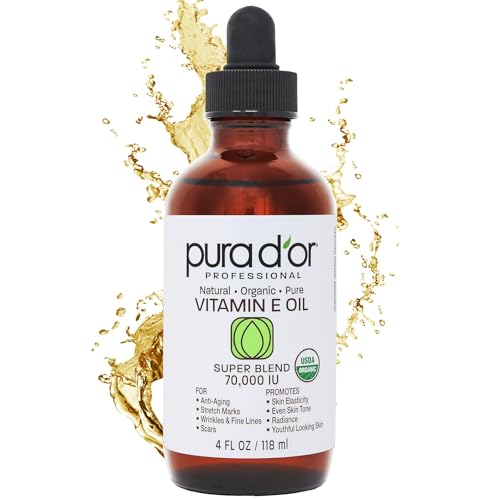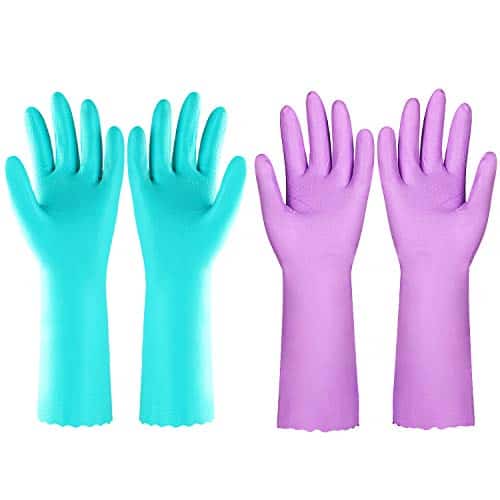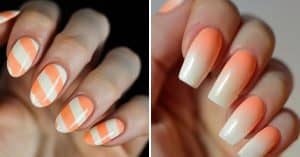If you've worn acrylic nails, you may have experienced them lifting or chipping. Is this preventable? What causes it? We've researched why this happens and how you can prevent it.
Often, the first reaction is to visit the nail salon for repairs. However, understanding why your acrylic nails lift can help you prevent this issue or manage it effectively when it occurs. Keep reading to find out more about preventing and handling lifting acrylic nails.
Reasons why acrylic nails may lift
Acrylic nails aren't supposed to stay one forever. However, if your nails lift after less than a week, you may want to examine a few things. Here are a few factors that might contribute to this.
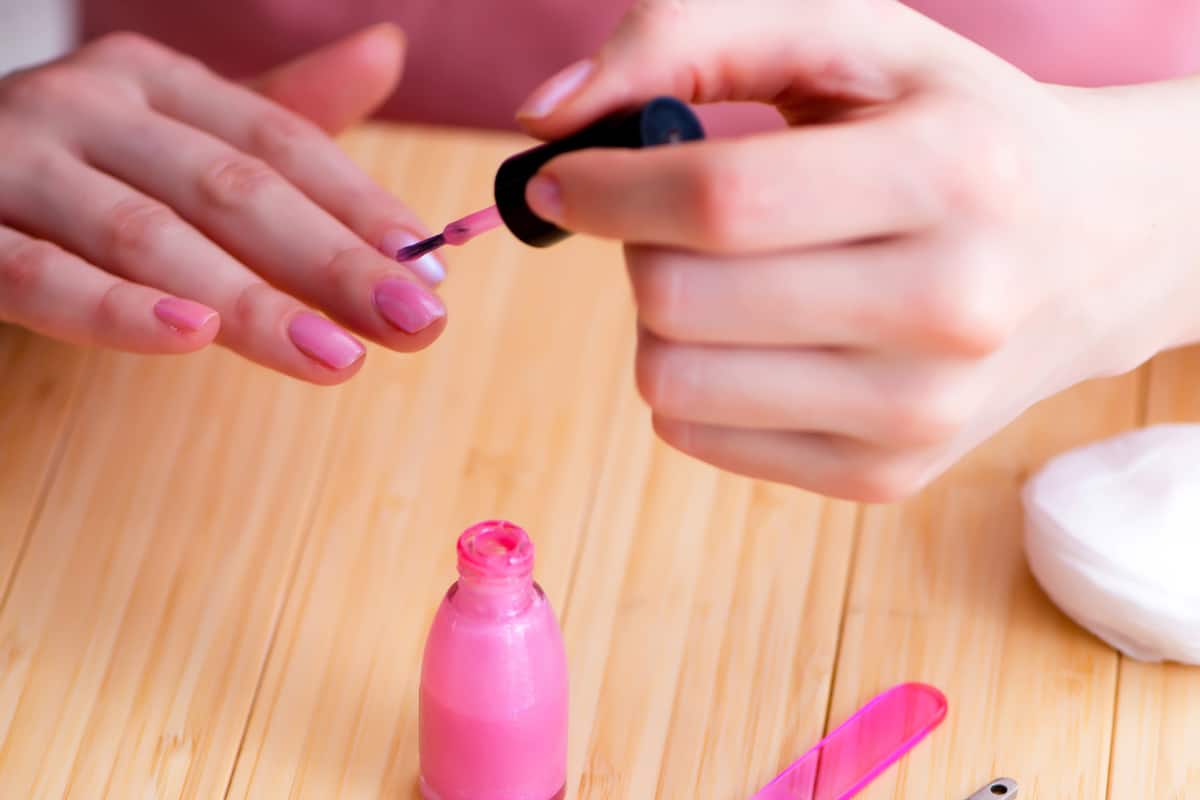
This article may include affiliate links and elements that were carefully created by our team using advanced ai to help you envision the best style advice.
1. Improper application or preparation
More often than not, acrylic nails begin to lift after only a few days because of the preparation of nails and the method by which the acrylic is applied.
For example, too much primer is sometimes applied, causing the acrylic to oversaturate and reducing its ability to hold up well.
Another factor that may cause lifting is the amount of moisture in the environment during application. High moisture levels prevent acrylic from bonding to nail beds, so this could also be a factor if you live in an area with high humidity.
If your nail technician does not properly prepare your nails by removing the natural oils from the nail plate, this could prevent the acrylic from bonding to the nail.
The technician should also remove any cuticle overgrowth from your nail bed before applying acrylic. This can be a common reason why your nails lift, as some technicians may remove too much of the cuticle (which can damage the nail), and others may not remove enough.
Lastly, too much heat from nail drying equipment can also hinder the bonding process of the acrylic.
2. Improper maintenance & habits
Behavioral and maintenance factors can also weaken the acrylic on your nails, causing them to lift earlier than they should.
For example, did you know that the acids from citrus fruits can eat away at the acrylic on your nails, causing them to lift and chip? Well, it's true!
Household cleaning products, such as dishwashing liquid and laundry detergent, can also soften the acrylic, causing it to lose its bond to your nail beds.
If you are prone to biting and picking your fingernails, this is a surefire way to guarantee that your nails will lift or chip prematurely.
You can also cause your nails to lift by performing too many manual tasks with your hands, such as peeling off labels, lifting lids, and performing other daily tasks that you may not even think of.
3. Health issues
Though not as common as improper maintenance and application, health reasons can also cause acrylic nails to lift earlier.
For example, if you have thyroid disorders or diabetes, your skin may become abnormally dry, resulting in a very dry nail bed that doesn't take kindly to acrylic.
Certain medications and food sensitivities can also cause your skin to become dryer than normal. Nail fungus, bacterial overgrowth, and other skin diseases can also hinder the acrylic's ability to bond well to your nails.
If you suspect that you have any medical condition that may cause your nails to become severely dry, it's advised that you seek a professional position for consultation.
Preventing acrylic nails from lifting
Solid nail prep and application are the most important ways to guarantee the best adhesion and prevent early nail-lifting.
The best way to ensure a good application is to ensure that the nail bed is completely clean and free of overgrown cuticles, contaminants, and natural skin oils. It's important to scrub your nailbeds beforehand to remove these things.
When applying the acrylic, make sure that the first drop of acrylic is of a medium-wet consistency. If the acrylic is more on the dry side, it won't adhere well to keratin on the nail bed, which will result in premature lifting.
However, you don't want it to be too wet, as it may cause pocket lifting beneath the acrylic.
You'll also want to make sure that the edge of the acrylic application is completely flush to the end of the nail bed. There shouldn't be a ledge of acrylic hanging over the nail bed, as this can cause snagging and early lifting.
If the acrylic is applied properly, you won't need a fill-in as early as you would if it were applied improperly-- this is a good thing because it means that the natural nail bond to the layer of acrylic won't be disrupted.
When it comes to finishing your acrylic application, always remember to blend the acrylic to the nail's edges as tightly as possible. If the acrylic beads are somewhat wet, they should be soft and fairly pliable, making them easy to spread around the nail bed.
Finish by pressing the acrylic firmly into the edges of the nail bed to ensure a tight seal. When you begin to fill in the nail, make sure that you go back and see all those edges to prevent the new nail from lifting.
Ways To Maintain Acrylic Nails
If your acrylic nails lift within a matter of days, you may want to consider how you maintain them. Here's how to ensure that your nails don't lift prematurely from daily habits.
1. Be More Mindful
The biggest thing to remember when it comes to maintaining your acrylic nails is to treat them with kindness. This means avoiding activities that can damage or break your new nails. This can include lifting heavy items, opening soda can lids, working in the garden, and anything else that requires a lot of manual labor with your hands.
2. Apply Vitamin E Oil
If your hands and cuticles are dry, it can make your acrylic nails more prone to lifting, especially if you live in an area that has a cold climate.
Nail experts often recommend applying vitamin E oil or shea butter to your nails and hands at least three to five times a week to help with this. Even a weekly application can help to keep your cuticles and nails healthy beneath the acrylic overlay.
You can typically buy vitamin E at local drug stores such as Walgreens or CVS. Or, if you have vitamin E capsules at home, you can crack one open with a safety pin and apply it to your nails as well.
3. Wear Gloves
If you expose your hands to cleaning chemicals such as dish detergent, all-purpose cleaners, and other solutions, your acrylic nails can become weakened, and as a result, they may lift.
While limited exposure to water is okay, you should try to protect your hands with cleaning gloves whenever you expose your nails to moisture. Also, be careful when using abrasive scrubbing pads, as they can snag your nails, causing them to lift or chip.
4. Use A Top Coat
A good top coat can help keep your acrylic nails on and in the best shape. You can also ask your manicurist to apply a topcoat at the end of your session, though many include this in their acrylic application service.
You can apply a topcoat every two to three days to help keep your acrylic nails from chipping, cracking, and lifting.
How Long Do Acrylic Nails Last?
Acrylic nails are known to last anywhere from one to three weeks before needing a touch-up. However, the amount of time that they will last will depend on several factors.
Most technicians will tell you to come back within a week or two to get a fill and about three weeks or so for a new application.
Is It Bad To Have Fake Nails On All The Time?
In the long term, yes. Over time, acrylic can dry out the nail bed, causing it to become weak and brittle. Taking breaks from acrylic nails is important to keep your natural nails healthy and strong.
How Often Should You Take A Break From Acrylic Nails?
Many nail and skin experts recommend taking a break from acrylic nails around about every three to six months. This can give your nails a chance to rejuvenate and will help strengthen them if they've become brittle from acrylic nails. This break can simply allow your nails to breathe.
Can You Still Get A Fill If Your Nails Are Lifting?
Yes. You can get a fill-in if your acrylic nails are lifting. However, whether you should get a fill-in as opposed to a nail repair will depend on how severe the lifting is.
If the lifting is severe, nail technicians usually recommend repairing or replacing the acrylic nail to restore its bond instead of just filling it in.
Final Insights on Acrylic Nail Care
Regular maintenance is necessary to keep acrylic nails looking their best, although occasionally, they may chip or lift. If this happens, you can fix them yourself or visit a salon for a quick repair. We hope this guide has helped you understand why acrylic nails lift and how to address it.
Pin this post's picture to your favorite social network, sharing the knowledge with others.
